Skin Tags
Understanding and Treating Skin Tags
Skin tags, medically known as acrochordons, are small, soft, benign growths that often develop on areas of the skin where there is friction, such as the neck, armpits, groin, and under the breasts. They can also appear on the eyelids, back, and other parts of the body. Skin tags are typically flesh-colored or slightly darker and are usually attached to the skin by a small, thin stalk. Although they are generally harmless and painless, skin tags can sometimes become irritated, especially if they are in areas prone to rubbing against clothing or jewelry.
While the exact cause of skin tags is not fully understood, they are more common in people as they age and in those with conditions like obesity or diabetes. Hormonal changes, particularly during pregnancy, may also contribute to the development of skin tags. Despite their benign nature, many people choose to have skin tags removed for cosmetic reasons or to prevent irritation.
If you're considering skin tag removal, the specialists at The Skin Surgery Center can offer a range of treatment options, including simple procedures like cryotherapy, electrosurgery, or surgical excision. Our dermatologists will assess your individual needs and recommend the most appropriate method for safe and effective removal, ensuring minimal discomfort and a quick recovery.
Personalized Skin Tag Treatment at The Skin Surgery Center
At The Skin Surgery Center, we understand that the appearance and comfort of your skin are important to you. Our dedicated team of dermatology experts is here to provide comprehensive care tailored to your unique needs, whether you're seeking to remove a single skin tag or multiple growths. We prioritize your skin's health and well-being, offering solutions that are both effective and minimally invasive.
By choosing us, you can be confident that you're receiving the highest standard of care to maintain and enhance your skin's appearance. Schedule your appointment today to learn more about your options for skin tag removal.
Examples of Skin Tags
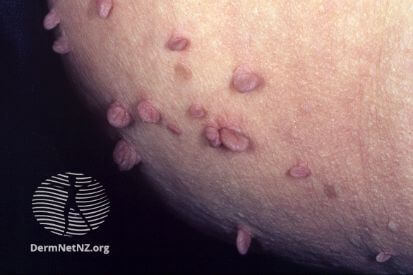
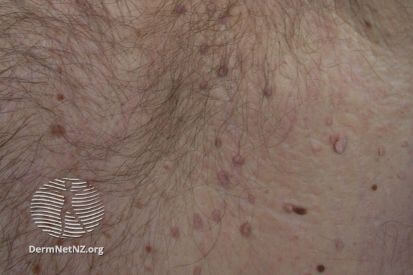
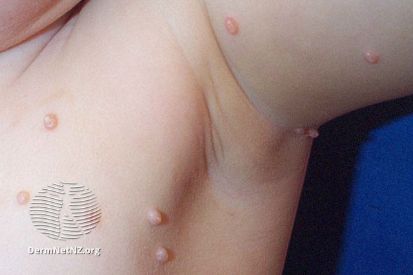
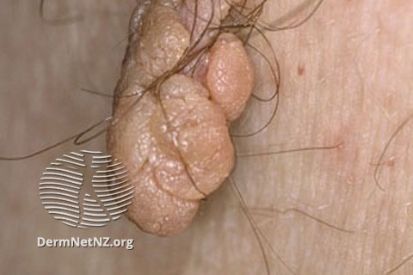
What are the Symptoms of Skin Tags?
- Small, soft, flesh-colored, or slightly darker growths that hang off the skin by a thin stalk.
- Most skin tags are painless and don't cause any symptoms.
Causes of Skin Tags
- Skin-to-skin or skin-to-clothing friction.
- More prevalent in middle-aged and older individuals but can occur at any age.
- There may be a genetic predisposition to developing skin tags.
- Excess body weight can contribute to the development of skin tags, especially in areas where skin rubs against itself.
- Fluctuations in hormones, such as during pregnancy or in individuals with conditions like diabetes.
How to Prevent Skin Tags
Preventing skin tags involves adopting practices to minimize contributing factors associated with their development. Maintaining a healthy weight through a balanced diet and regular exercise can reduce the likelihood of skin tags, as obesity is a known risk factor.
To prevent friction, especially in areas prone to skin tags, opt for loose-fitting clothing and be mindful of accessories that may cause rubbing or irritation. Good hygiene practices, including keeping the skin clean and dry, can also contribute to preventing skin tags by minimizing irritation..
Regular skin checks are recommended to identify and address any new growths or changes promptly, facilitating effective management. It's important to note that skin tags are easily removable if desired.
Skin Tags FAQs
Generally, skin tags are painless, but they can become irritated or catch on clothing, causing minor discomfort. Dermatologists can remove them if they become bothersome.
It's safer to have skin tags removed by a dermatologist. Attempting removal at home can lead to infection or scarring.
Dermatologists can diagnose skin tags through a visual examination. If you notice changes in a skin tag's appearance, experience pain, or are uncertain about a growth, it's advisable to consult a dermatologist.
Skin tags don't need to be removed for health reasons, but they can be removed if they cause discomfort or for cosmetic reasons. Dermatologists may use methods like cutting, freezing, or cauterization for safe removal.
Skin tags are typically harmless and not indicative of an underlying health issue. While they may grow back after removal, dermatologists can effectively address them.
How to Treat Skin Tags
- Excision: Dermatologists may cut off skin tags using surgical scissors or a scalpel after numbing the area with a local anesthetic.
- Cauterization: This involves burning off the skin tag using electrical current (electrosurgery) or a high-frequency laser.
- Cryotherapy: Freezing the skin tag with liquid nitrogen, causing it to fall off over time.
Featured Blogs
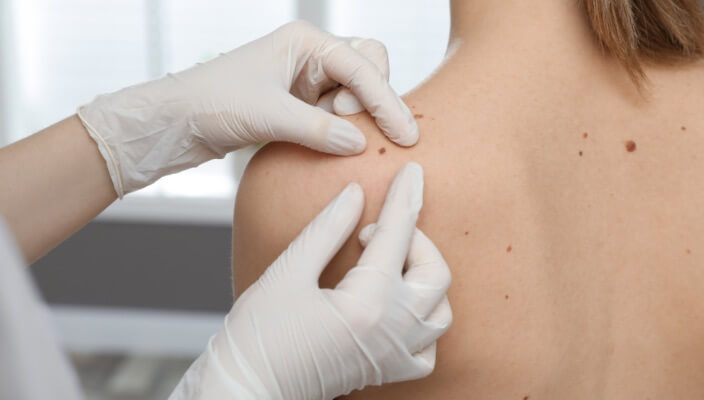
- Skin Cancer
- General Dermatology
- Skin Exams
Navigating the landscape of Total Body Skin Exams: Uncover the comprehensive process, understand why it matters for skin health, and gain insights into what to expect during these essential dermatological examinations.
Read More
- General Dermatology
- Skin Exams
- Chronic Skin Conditions
Explore our comprehensive guide to gain insights into accurate diagnosis and expert care for chronic skin conditions.
Read More
- Skin Cancer
- General Dermatology
- Chronic Skin Conditions
Learn more about the most common types of skin lesions we see at the Skin Surgery Center and how our dermatology providers remove them.
Read MoreFeatured Products
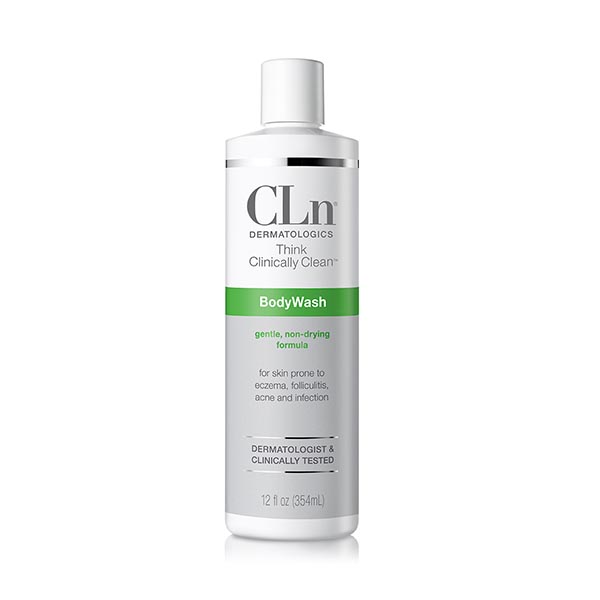
CLn BodyWash
CLn BodyWash is designed for infection- and eczema-prone skin. It is an effective cleanser that is tough on the microbes but gentle on skin. Designed for skin prone to infection, irritation, dermatitis, redness, folliculitis, acne, eczema and compromised skin. 12 fl oz / 354 mL

Epionce Purifying Toner
Purifying Toner helps remove traces of dirt, oil and makeup. Botanical ingredients reduce surface shine while helping control factors that can lead to the visible appearance of problem or irritated skin. Set at optimal pH.


